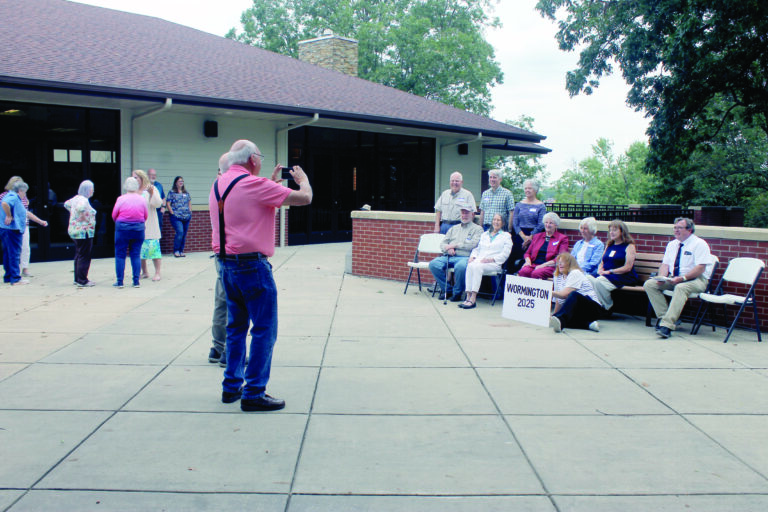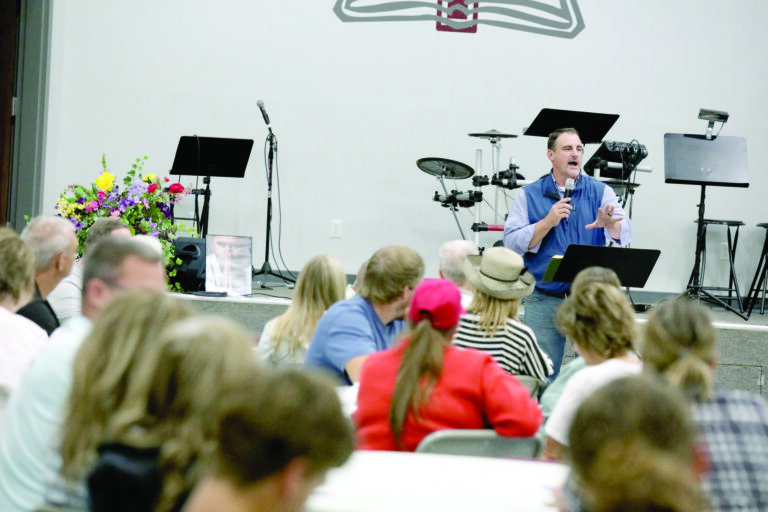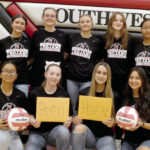Gifted program for gifted students
GEARS
Who: Cassville School District
What: Gifted program
More: Bright versus Gifted children
Every child is exceptional in his or her own way, but the Cassville school district, like many others, has a program designed for those children who are not just bright, but gifted.
Gears is taught by Lisa Reid, who took over the program this year. However, the program has been available in Cassville for more than 20 years.
Reid has been teaching for 10 years all together, and she has been with the Cassville school district for the last four.
“Both of my children are in Gears,” she said. “When the former teacher retired, I wanted to make sure the program continued.
“My children love the Gears program, and it is a huge part go their education the whole way through.”
Reid said many district have some type of a gifted educational program.
“DESE has a set of criteria that’s to be met for a child to be in a gifted program,” she said. “Students are usually recommended for the program between kindergarten and fifth grade, but once they are in the program, they stay in it until they graduate.”
The first step for a child to be accepted into the Gears program is to received a recommendation from a teacher.
“Then, they will have two sets of testing,” Reid said. “The first test is the Otis-Lennon school ability test, which is different at each level and is a verbal, non-verbal and overall ability test. The second is an IQ test.”
Students must score a 90 percent on the Otis-Lennon test before they move on to the IQ test, for which they must score a 95 percent or higher to be accepted into the program. All of the tests are based on the age of the child.
“Another way a child can be recommended for Gears is through the CogAT, a cognitive abilities test,” Reid said. “The CogAT is given to first-through third-graders, and I look at those scores, as well, to help identify gifted children.”
The state of Missouri has 4.13 percent of its students in gifted programs.
“The Cassville School District has 3.77 percent of its students in Gears,” Reid said. “I meet with the students for 150 minutes each week. I try to do different activities from problem solving to thinking skills and even social situations.”
Reid said a gifted child does not necessarily have to be gifted in all areas, but can be gifted in many different ways.
“Some districts do just reading and math,” she said. “We do lots of different things, even art.
“The former teacher focused on aspects that the children wouldn’t normally see in the classroom. I did an interest inventory at the beginning of the year and built units based on that.”
Something that is new this year, is second-graders are given an universal screening test called the Naglieri.
“I can then look at the top scorers to identify gifted children,” Reid said. “I work with all students in the Gears program from first grade to twelfth-graders.”
Students are grouped together by age and grade level for the 150 minutes with Reid. Groups are made up of no more than 10 students.
“That changes based on how many children qualify,” she said. “Kindergarten through eighth-graders have to spend the 150 minutes with an instructor. Usually we do in the morning or afternoon.
“For high schoolers, their 150 minutes can be counted if they are in AP or accelerated classes, or for dual credit classes.”
Reid said next year, Gears will be an elective class for high school and middle school students.
“Students are usually recommended in the spring,” Reid said. “The CogAT is given in the fall.
“For students that are recommended for Gears, but don’t qualify, we have an after school program called Red Hots. It is for first-through fifth-graders who are at a higher level, one day a week. Students do have to qualify to be accepted into that program as well.”
There are some qualities in students that teachers look for to identify the difference between a bright and a gifted child, Reid said.
Some of those qualities are:
• A bright child will know the answers, a gifted child will continue to ask questions
• A bright child works hard, a gifted child plays around, yet tests well
• A bright child listens with interest, a gifted child shows strong feelings and opinions
• A bright child enjoys peers, a gifted child prefers adults
• A bright child is pleased with their own learning, a gifted child is highly self-critical
• A bright child is receptive, a gifted child is intense
• A bright child is a good memorizer, a gifted child is a good guesser






